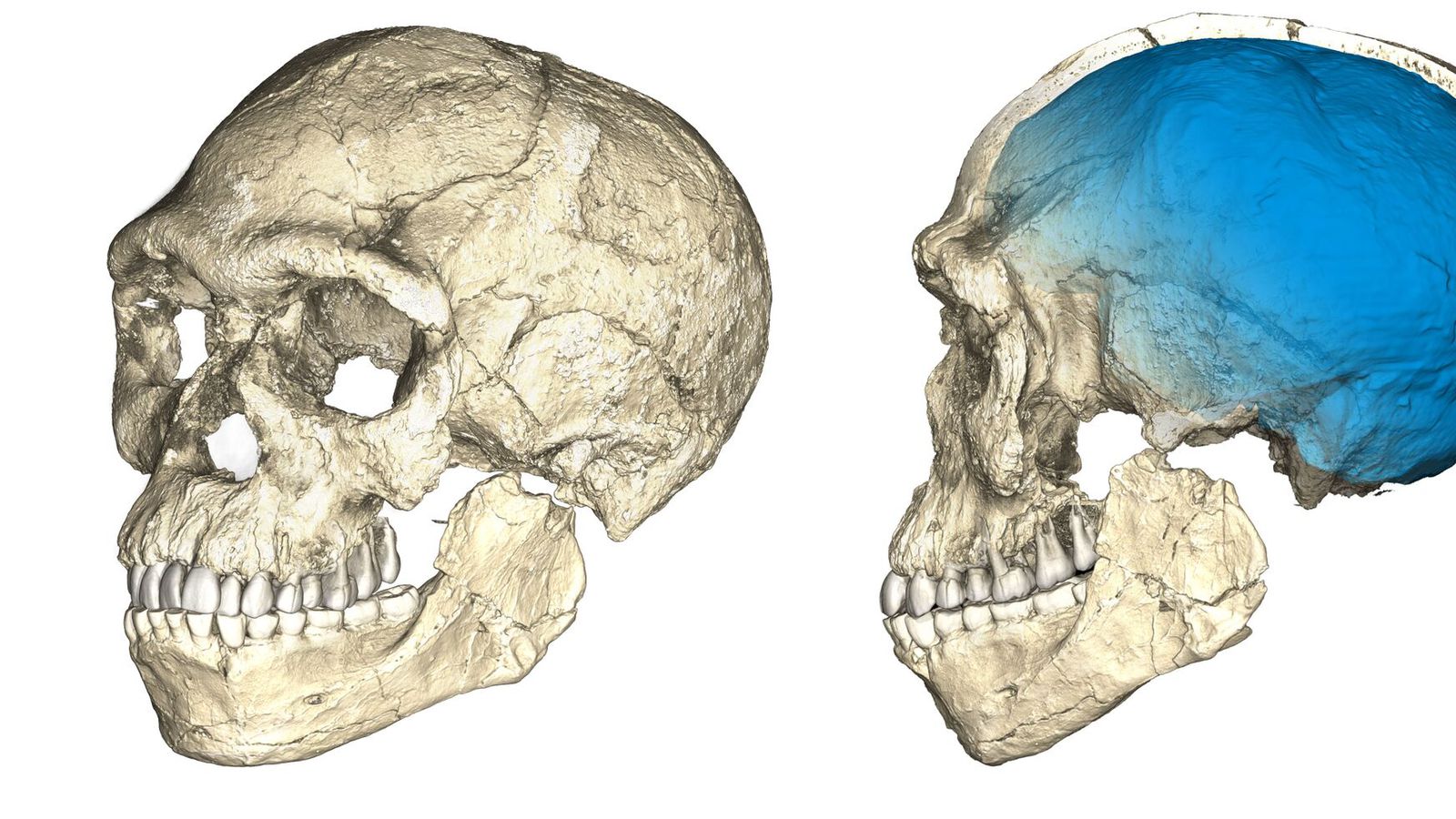
Digging Deep: New study shows how climate informed hominin evolution
- by acbconcept
Homo Habilis and Homo Ergaster live in East and South Africa ~ 2.3-1.6 mya. Homo erectus lives ~ 2 mya and is considered to have led to the appearance of Homo Heidelbergensis ~ 0.7-0.2 mya. Homo Heidelbergensis has been placed by Palaeoanthropolog as the latest ancestors to Amh and Neanderthal.
Timmermann et al (2022) admitted that they had left Denisovans from PurView. Denisovans is an ancient hominine species that lives during the lower and middle palaeoliths (3th to 33 kya). Little is known about them, because they have left archaeological records that are very rare. Whatever we know about them came from DNA extracted from the restored single finger bone in Cave Siberia named Denisova in 2008.
According to the habitat suitability model for each of the six species, the early African homo species Homo Habilis and Homo Ergaster have a narrow corridor of movement in South Africa and the East African Rift Valley. But this habitat is characterized by high spatial and temporal variability. In other words, the habitat location is suitable for H Habilis and H Ergaster change over time. At the point, only a limited habitat range is available for H Habilis and H Ergaster to be exploited, because of their environmental specialization. Instead, Homo erectus, become a flexible generalist, able to exploit various habitats. Therefore, the spatical level, therefore, is reflected in the habitat suitability model. However, the pattern of habitat suitability for both Homo Heidelbergensis and Homo Neanderthalensis is again limited and fits each other. Homo Sapiens has the widest spatial range of all, and is spread in dry areas too.
By reconstructing the suitability of the climate / habitat and matching with archeological records, Timmermann et al (2022) can obtain trajectory of origin species, success and overlap. The highest overlapping value is found between H Heidelbergensis and H Neanderthalensis in the European sector. It is well located with fossil records that show Europe as a place where Neanderthals come from. The study also argues that Middle East and South Africa as a place where Heidelbergensis and the population of H Sapiens will find suitable.
In the end, the climate stress in South Africa finally led to the Extirination of H Heidelbergensis and the origin of H Sapiens was around 300-200 Kya. This is well borne by fossil records in South Africa. The story is not as smooth as for Middle East Africa, where fossil records are quite fragmented and patchy – which may indicate that this region will not witness the gradual transition from H Heidelbergensis to H Supiens such as South Africa.
Human diaspora throughout the world has had a long interest in the palaeoanthropologist. This study showed an overlapping habitat between early species of Homo and Homo Erectus, before the last one finally spread from 1.8 Africa. H Heidelbergensis appeared in Africa ~ 875 Kya, and after that, the homo species spread to high and low NPP areas and their habitat ranges where they could survive wider than their predecessors. This is accompanied by a shift in their physiology and behavior.
In the 2019 study, Galway-Witham et al. (2019) writes that the energy expenditure of homo species gradually increases, which is also emphasized by the demands of energy placed by the changing environment and fields. The constraints placed by the availability of resources means that hominine which then has to travel a greater distance to transport resources than its predecessor, and longer limbs will be more energy efficient. The ability to make stone tools will be another additional advantage.Good points compared to AMH and Neanderthal. According to some palaeoanthropologists, a larger and stronger body size will place neanderthal at a greater risk in an area where calories are not available. This gives homo sapiens, with much lower calorie demand, different profits, eventually allowing them to eventually exploit and fill various environments.
Homo Habilis and Homo Ergaster live in East and South Africa ~ 2.3-1.6 mya. Homo erectus lives ~ 2 mya and is considered to have led to the appearance of Homo Heidelbergensis ~ 0.7-0.2 mya. Homo Heidelbergensis has been placed by Palaeoanthropolog as the latest ancestors to Amh and Neanderthal. Timmermann et al (2022) admitted…
